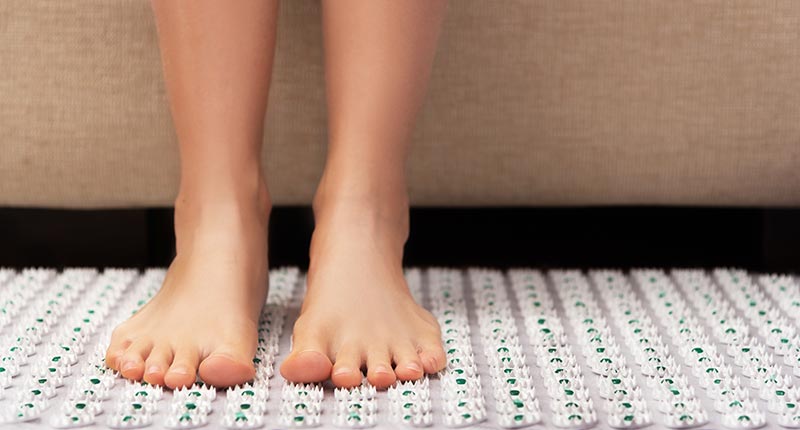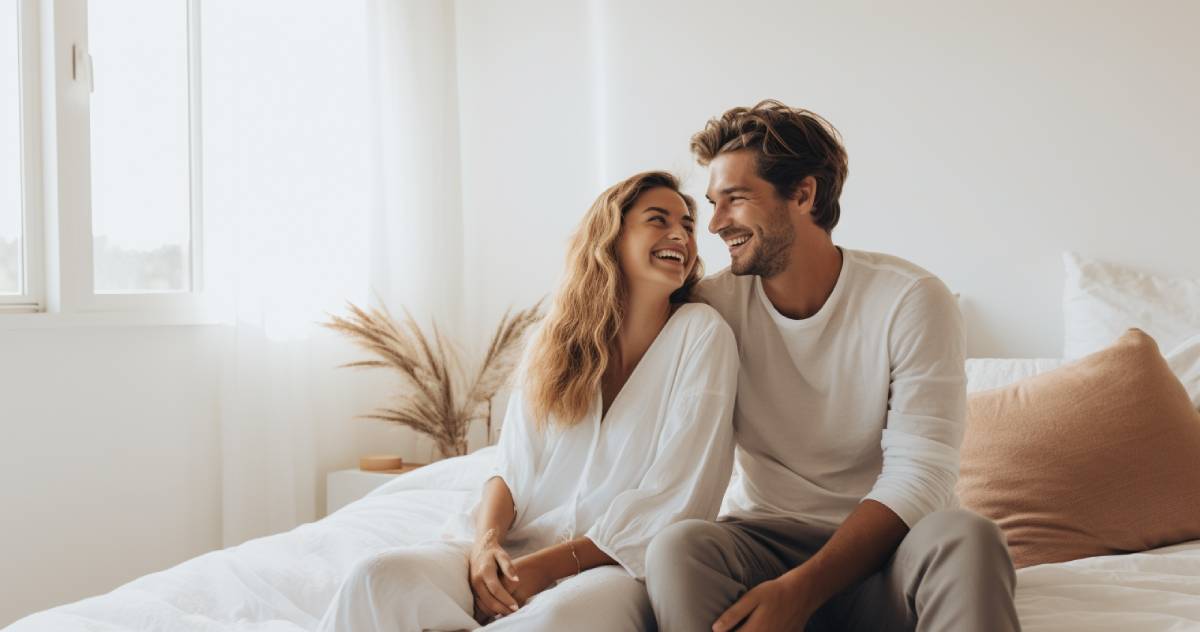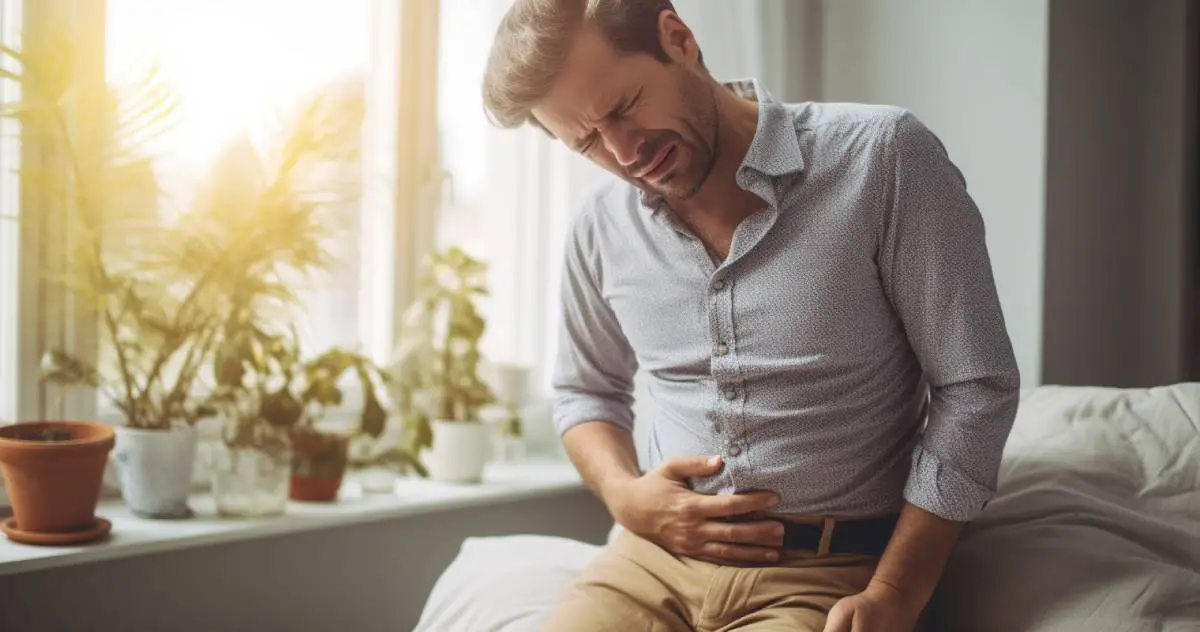Lockdown is fast becoming part of our life, and often, I have to cancel or postpone scheduled appointments with beauty salons. To keep up with my beauty routine, I have compiled a list of acupuncture points that anyone can use at home. I intentionally pick acupuncture points in the calf so that you can massage these acupoints on your own.
Best Calf Acupuncture Points For Insomnia, Anti-Aging, And Fatigue
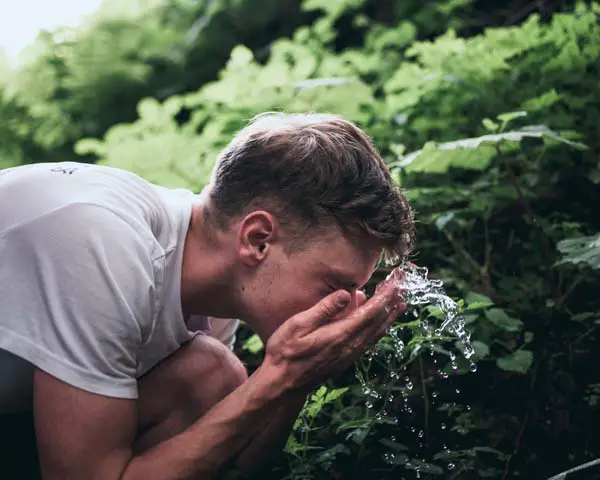
Of the hundreds of acupressure points, there are five key acupoints to help insomnia, anti-aging, and fatigue. These calf acupuncture points also have a plethora of other benefits and can treat tight calf muscles, diseases, and other imbalances in the body.
Fatigue is excessive tiredness and lack of energy. It’s more than just feeling a little sleepy or tired. Fatigue is marked by zero energy or motivation to get through the day. In recent years, more and more people have been diagnosed with Chronic Fatigue Syndrome (CFS); however, Western medicine has yet to find a solution. Diet, exercise, weight, mental illnesses, drug use, and certain medications can cause fatigue. However, the number one cause is not getting enough sleep, also known as insomnia. This deeply affects the brain’s ability to operate and concentrate throughout the day.
Insomnia is a sleeping disorder whereby a person has trouble falling or staying asleep. According to Traditional Chinese Medicine, difficulty falling asleep is caused by blood and yin deficiency, weaknesses in the heart and gallbladder, and excessive heat in the head and chest. Insomnia can become chronic and long-term and disturb a person’s entire life. Many people who have insomnia have sleepless nights, wake up tired, are at a higher risk for other health conditions, and feel constantly fatigued.
Acupressure can be used to re-energize, circulate blood better, and release the necessary endorphins to kick start healing in the body. Massage these five acupoints gently if you are suffering from insomnia or fatigue:
1. Acupoint: Bl-40 (Other Names: Urinary Bladder-40/Wei Zhong/Middle of the Crook)
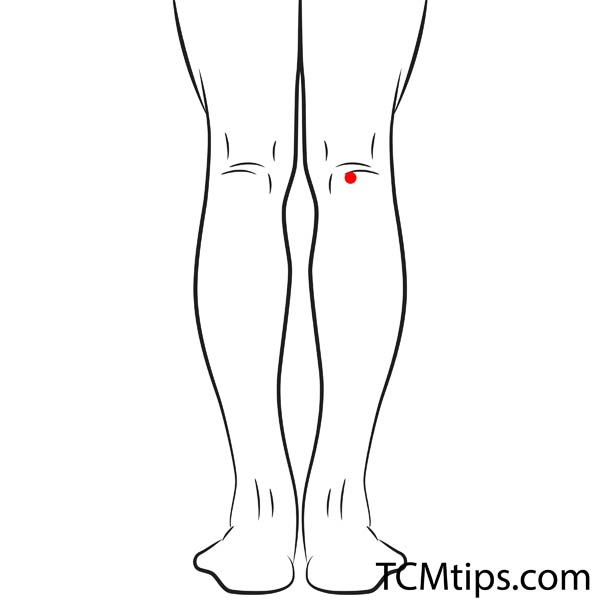
The Wei Zhong (BL40) is part of the bladder channel, which covers a ton of acupoints on the body. It’s effective at relieving lumbar and lower back pain, muscle cramps, knee stiffness, and leg pain. It’s perfect acupuncture for tight calf muscles or calf muscle pain. It clears the blood, discharges heat, soothes and opens connecting vessels, and reinvigorates the lumbar, knees, and calves. The Bl 40 acupuncture point is excellent for relieving insomnia, arthritis, sciatica, loss of motion in the legs, and night sweats.
It’s located directly behind the knee on the crease. To find it, trace your finger down the back of your leg. BL40 is in the middle of the back of the knee, where the leg creases. Use a gentle, circular motion to activate the Wei Zhong acupoint.
2. Acupoint: Liv-3 (Other Names: Liver-3/Tai Chong/Supreme Rush)

The Tai Chong (LIV3) releases suppressed energy. For those suffering from fatigue, lack of energy causes irritability, anxiousness, depression, tension headaches, and irregular menstruation. Tai Chong works to relieve tension and nourish tendons and ligaments. It is also suitable for blurred vision, dizziness, headaches, nausea, and insomnia. LV3 will restore energy to a tired and sleepy person.
The acupoint is located on the top of the foot, in the dip where the big toe connects to the second toe. Move your finger down the top of your foot, and let it dip down in the depression between the big toe and second toe. Bring your foot up to you and apply gentle pressure with your thumb to the Tai Chong for at least two minutes. Repeat this for the other foot.
3. Acupoint: KI-1 (Other Names: Kidney-1/Yong Quan/Gushing Spring)
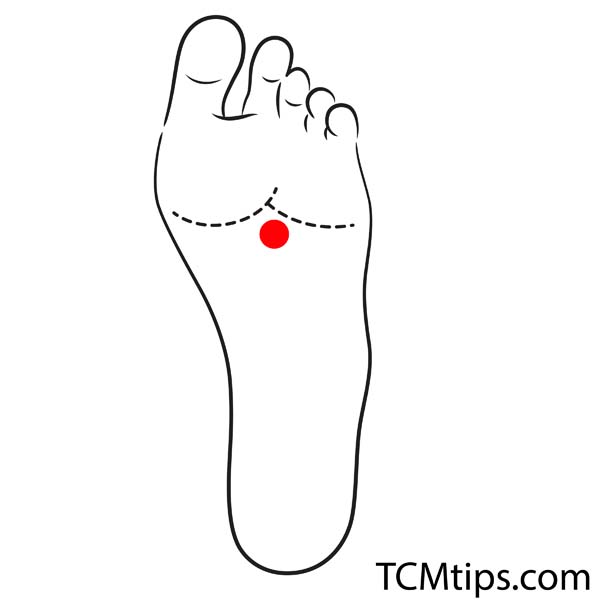
The Yong Quan (KI1) is known to “calm the spirit” by releasing anxiety and soothing nervousness deep within our consciousness. It’s part of the kidney meridian, which operates best when the body is still and calm. If you have insomnia, anxiety, fatigue, dizziness, headaches, and neck pains, the Yong Quan acupoint is for you.
Kl-1 is the lowest point on the body, located on the foot’s bottom, beneath the ball of the foot. To find it, curl your toes, and where depression is created, it’s about ⅓ the distance from the top of the toes to the heel. Acupressure is most effective on the Yong Quan point.
To massage, sit down and rest your left ankle over your right knee. Then, hold your left foot with the right hand, and use your right thumb to massage. Use moderate to deep pressure for 2-3 minutes, then switch sides.
4. Acupoint: ST-36 (Other Names: Stomach-36/Zu San Li/Leg Three Miles)

Zu San Li (ST-36) is known as the “point of longevity” because of its rejuvenating and anti-aging effects. It’s used to balance energy, which is important for people who are feeling tired from insomnia. It also relieves pain, stimulates nerves, boosts your immune system, nourishes connective tissues to release tension, alleviates calf muscle tension, and allows blood to flow better. It’s even been shown to have positive effects on brain function in this study.
Zu San Li is located beneath the kneecap, between the two bones. To find it, put your hand on the outside of your leg over your knee, fingers pointing down. The point is between your ring and pinky finger, in the depression between the kneecap and the bone. Use two fingers to press on the acupoint and massage in a clockwise direction. Use firm pressure, and do it as often as you would like. However, since it stimulates the body, you should avoid massaging this acupoint before bedtime.
Together with ub 43 acupuncture point, experts found that it is easier to lose weight.
5. Acupoint: KD-6 (Other Names: Kidney-6/Zhao Hai/Shining Sea)
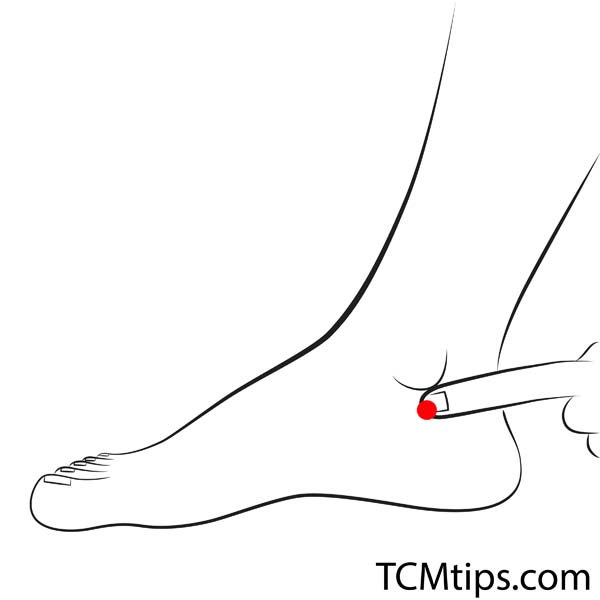
The Zhao Hai (KD-6) calms the spirit, quiets the mind, and reduces nightmares for a good night’s sleep. It works by cooling heat, calming the spirit, including anxiety, mental restlessness, insomnia. It awakens the eyes with moisture, nourishes fluids in the throat, and enriches the kidneys.
The point is located on the inside of the ankle, in the depression right below the malleolus. To stimulate, use your thumb to gently massage. Breathe deeply while applying firm pressure; however it should not be painful.
Best Calf Acupuncture Points For Edema

Edema is swelling resulting from the fluid being trapped in your body’s tissues, primarily in the legs, ankles, and feet. Edema can result from sitting too long, poor posture, not getting enough exercise, eating salty foods, bad circulation, or health conditions like kidney disease or liver cirrhosis. It can cause painful swelling, stiffness, difficulty, or pain while walking, stretched, shiny skin, decreased blood circulation, abdominal pain, and even difficulty breathing.
To reduce these symptoms and help ‘drain’ the legs of their excess fluid, use these three calf acupuncture points:
1. Acupoint: SP-6 (Other Names: Spleen-6/San Yin Jiao/Three Yin Intersection)
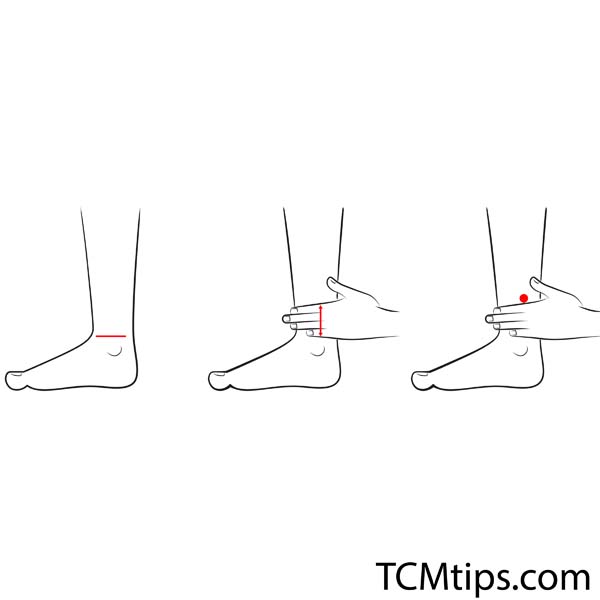
The San Yin Jiao point (SP-6) is commonly used for edema, abdominal pain and distension, menstruation, dizziness, digestive issues, and muscular atrophy. It promotes liver and kidney function, nourishes, moves, and cools blood, as well as stops pain and calms the mind. According to a study the general health of participants who used acupressure on the SP6 improved over time.
The SP6 point can be found on the inside of your leg, just above your ankle. To locate it, find the peak of your ankle and move four finger-widths up. Once there, apply deep pressure slightly behind the bone for 5 second intervals. Repeat as often as needed.
2. Acupoint: SP-10 (Other Names: Spleen-10/Xue Hai/Sea of Blood)

The Xue Hai point (SP-10) is excellent for edema, pain in the thighs and calves, poor circulation, irregular menstruation, hives, and eczema. It cools and nourishes the blood, balances menstruation, and balances the skin. Most importantly, it moves and activates blood, especially in the lower abdomen.
It is located above the knee, on the anterior bulge of the quad muscles. This point is best accessed by someone else. To find it, have them place their right hand on the left knee cap. Their index finger will rest on the bulge of the muscle, and that’s where SP10 is. Apply firm pressure with a thumb, palm, side of the hand, or knuckles. The pressure should be stationary and steady directly on the point for 1-2 minutes.
3. Acupoint: GB-34 (Other Names: Gallbladder-34/Yang Ling Quan/Yang Mound Spring)

The Yang Ling Quan point (GB-34) works for edema, migraines, sciatic pain, swelling, and, most importantly tendon or ligament pain. Any problems related to tendons or ligaments can be addressed with the GB34. Yang Ling Quan is great for acupuncture for calf muscle pain. It expels wind from the knee and legs, removes obstructions from the channel, strengthens joints, and soothes and promotes better circulation in the vessels.
It’s located in the depression anterior and inferior to the top of the fibula bone. Locate the shin bone, use your finger to trace the muscle extending from the bone to the exterior of the leg. Where your finger dips in, is where the GB34 point is. Use your thumb or index finger to apply pressure in a counterclockwise motion.
Photo by Autumn Goodman, Tadeusz Lakota, Anelya Okapova on Unsplash
 P. Sze
P. Sze 




